Introduction
For centuries, a remarkable ancient road in Luxor, Egypt lay hidden beneath the modern city, its secrets and significance long forgotten. This was the Avenue of the Sphinxes, a 2.7-kilometer (1.7 mile) path lined with towering sphinx statues, built by the renowned Pharaoh Amenhotep III to connect the grand temples of Karnak and Luxor.

This sacred avenue played a crucial role in the religious ceremonies and festivals of ancient Egypt, including the revered Opet Festival. Yet, over the course of time, the avenue was gradually buried under the encroaching buildings and infrastructure of the growing city. It would take decades of archaeological exploration and excavation before this lost wonder of the ancient world could be fully uncovered and restored to its former glory.
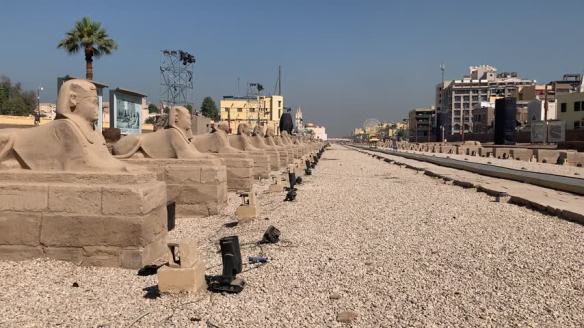
In this blog post, we’ll delve into the fascinating history and rediscovery of the Avenue of the Sphinxes, exploring how this remarkable ancient road was hidden for centuries and the remarkable efforts that went into bringing it back to life. We’ll uncover the significance of this site, the challenges faced during the excavation process, and the profound impact its restoration has had on our understanding and appreciation of Egypt’s rich cultural heritage.
The Avenue of the Sphinxes: A Forgotten Wonder
The Avenue of the Sphinxes in Luxor, Egypt was originally constructed during the reign of Pharaoh Amenhotep III, who ruled from around 1390 to 1353 BCE. As one of the most prosperous and influential pharaohs in ancient Egyptian history, Amenhotep III oversaw a remarkable period of cultural and architectural development, leaving an indelible mark on the landscape of Luxor.
The avenue was designed to serve as a grand processional way, linking the two iconic temples of Karnak and Luxor. These massive religious complexes were the beating heart of ancient Thebes, the capital city of Egypt during the New Kingdom period. The avenue would have been the stage for numerous religious festivals and ceremonies, including the renowned Opet Festival, where the statues of the gods were transported in a grand procession from Karnak to Luxor.
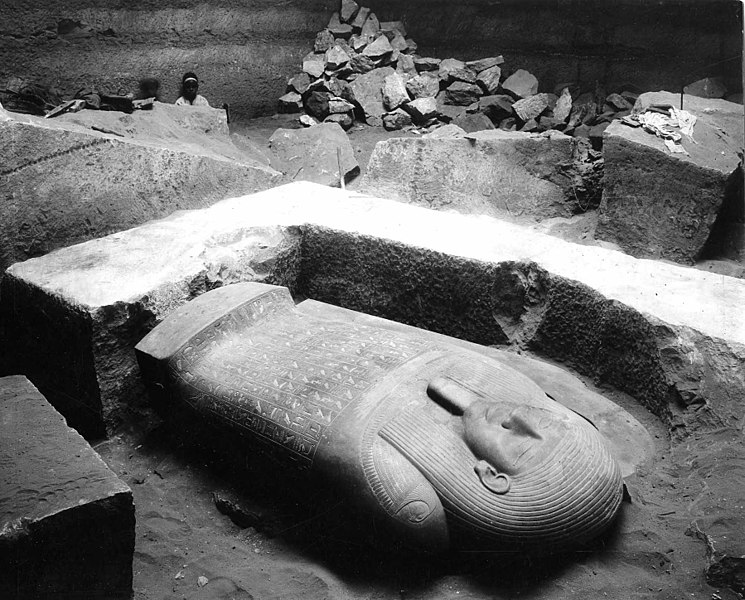
Lining the avenue were rows of imposing sphinx statues, each carved from stone and depicting the body of a lion with the head of a human – a mythical creature that was deeply revered in ancient Egyptian culture. These sphinx statues, which numbered in the hundreds, would have stood as silent guardians, watching over the sacred rituals and ceremonies that took place along the avenue.
For centuries, the Avenue of the Sphinxes played a crucial role in the religious and cultural life of ancient Thebes. However, as the city of Luxor grew and evolved over time, the avenue was gradually buried beneath the expanding urban landscape. Buildings, roads, and other modern structures were constructed directly on top of the ancient road, effectively erasing it from the collective memory of the region.
Rediscovering a Lost Wonder
Despite the avenue’s long-standing obscurity, the remnants of this ancient wonder did not go entirely unnoticed. In the late 19th and early 20th centuries, archaeologists began to uncover and document portions of the Avenue of the Sphinxes, providing tantalizing glimpses into its former glory.
One of the earliest recorded excavations of the avenue was undertaken in 1885 by French Egyptologist Gaston Maspero. Maspero’s team uncovered a section of the avenue near the Luxor Temple, revealing a number of well-preserved sphinx statues and providing valuable insights into the original layout and design of the processional way.
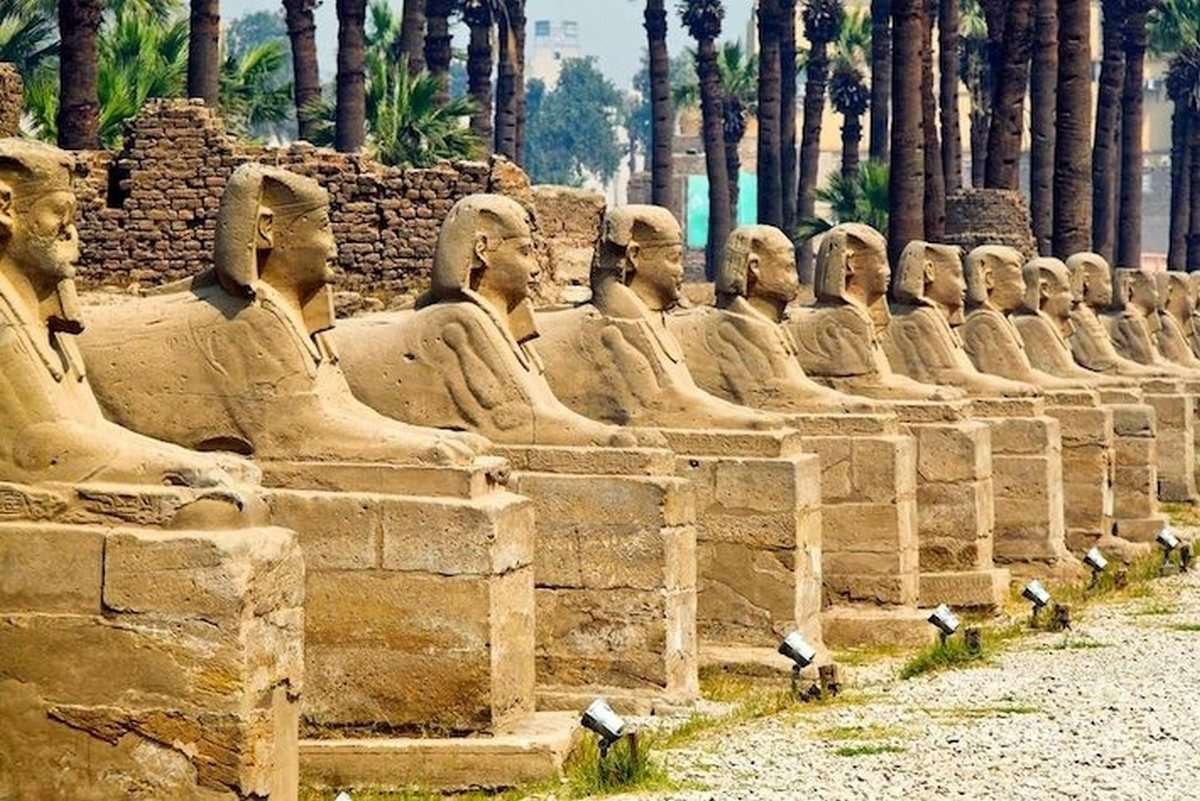
Over the following decades, other archaeologists and teams continued to explore and uncover additional sections of the avenue, gradually piecing together a more complete understanding of its historical significance. However, the majority of the avenue remained buried and inaccessible, hidden beneath the modern development of Luxor.
It wasn’t until the early 2000s that a concerted effort was made to fully excavate and restore the Avenue of the Sphinxes. In 2004, the Egyptian government launched a major initiative to uncover the entire length of the ancient road, a monumental undertaking that would require the relocation of hundreds of local residents and the demolition of numerous buildings that had been constructed on top of the avenue.
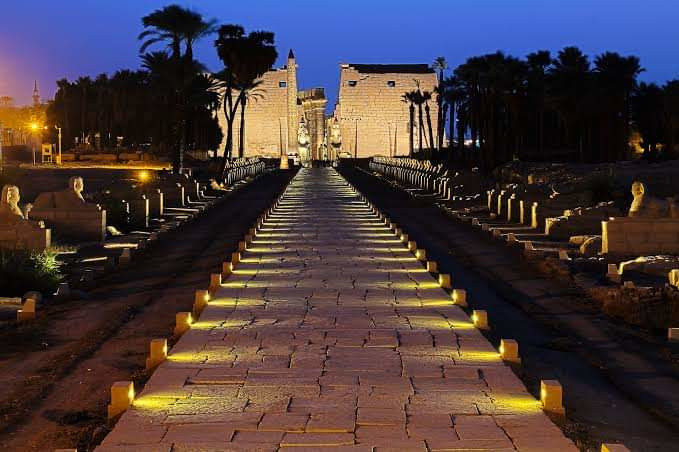
The excavation process was both painstaking and complex, as archaeologists worked to carefully uncover and preserve the delicate remains of the ancient road and its associated structures. Thousands of sphinx statues, inscriptions, and other artifacts were meticulously documented and cataloged, providing a wealth of information about the avenue’s original design, construction, and use.
Unveiling the Restored Avenue
After years of intensive excavation and restoration work, the full length of the Avenue of the Sphinxes was finally unveiled to the public in 2021. This remarkable achievement marked the culmination of a long and arduous effort to bring this lost wonder of the ancient world back to life.
The restored avenue is a breathtaking sight to behold, stretching for 2.7 kilometers (1.7 miles) and lined with hundreds of imposing sphinx statues. Visitors can now walk the same path that ancient Egyptian pharaohs and worshippers once traversed, immersing themselves in the rich history and cultural significance of this remarkable site.
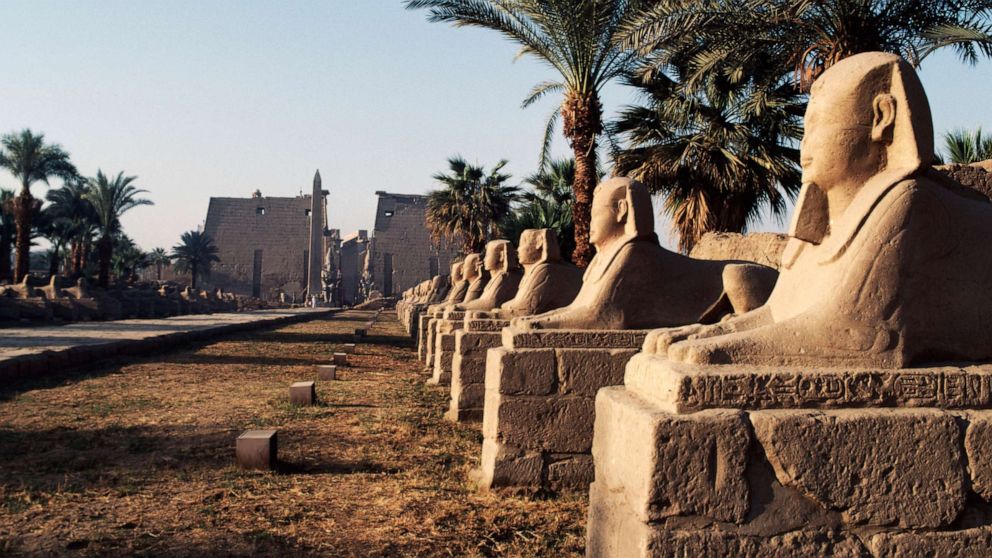
The avenue’s restoration has had a profound impact on our understanding and appreciation of ancient Egyptian civilization. By uncovering this long-buried treasure, archaeologists and historians have been able to gain new insights into the religious and ceremonial practices of the New Kingdom period, as well as the architectural and engineering prowess of the ancient Egyptians.
Moreover, the Avenue of the Sphinxes has become a major draw for tourists visiting Luxor, offering a unique and awe-inspiring glimpse into the grandeur of ancient Egypt. The avenue’s restoration has also had a significant economic impact on the local community, generating employment opportunities and attracting a steady stream of visitors to the region.
The Significance of the Avenue of the Sphinxes
The Avenue of the Sphinxes in Luxor is a testament to the remarkable achievements and cultural sophistication of ancient Egyptian civilization. This monumental processional way was not merely a functional thoroughfare, but a sacred space that played a crucial role in the religious and ceremonial life of the ancient Thebans.
The avenue’s design and construction were a remarkable feat of engineering and architectural prowess. The sheer scale of the project, with hundreds of massive sphinx statues lining the road, is a testament to the organizational and logistical capabilities of the ancient Egyptians. The attention to detail and the symbolic significance of the sphinx motif further underscore the cultural and religious importance of this site.

The Avenue of the Sphinxes also provides valuable insights into the religious practices and beliefs of ancient Egypt. The avenue’s role in the Opet Festival, a crucial annual event that celebrated the divine kingship and the renewal of the cosmos, highlights the deep-rooted spiritual and cosmological significance of this site.
Moreover, the excavation and restoration of the avenue have had a profound impact on our understanding of ancient Egyptian history and culture. The wealth of artifacts, inscriptions, and architectural remains uncovered during the excavation process have shed new light on the social, political, and religious structures of the New Kingdom period, as well as the everyday lives of the people who inhabited ancient Thebes.
Conclusion
The rediscovery and restoration of the Avenue of the Sphinxes in Luxor, Egypt is a remarkable story of perseverance, dedication, and the relentless pursuit of knowledge. For centuries, this awe-inspiring ancient wonder lay hidden beneath the modern city, its significance and grandeur forgotten by all but a few.
Through the tireless efforts of archaeologists, historians, and preservation specialists, the Avenue of the Sphinxes has been brought back to life, allowing visitors from around the world to walk in the footsteps of ancient Egyptian pharaohs and worshippers. This remarkable achievement not only illuminates the rich cultural heritage of Egypt but also serves as a powerful reminder of the enduring human desire to uncover and understand the mysteries of the past.
As we continue to explore and study the Avenue of the Sphinxes, we can only imagine the profound insights and discoveries that await us. This ancient road, once lost to time, now stands as a testament to the resilience and ingenuity of the human spirit, and a testament to the enduring power of our collective desire to preserve and celebrate the wonders of the past.

